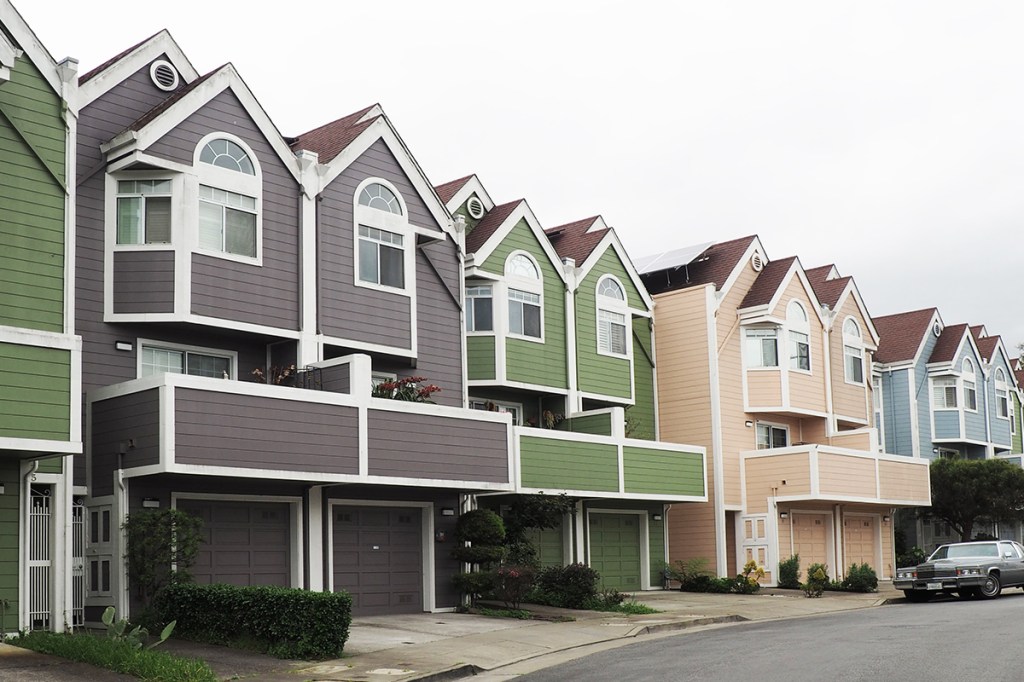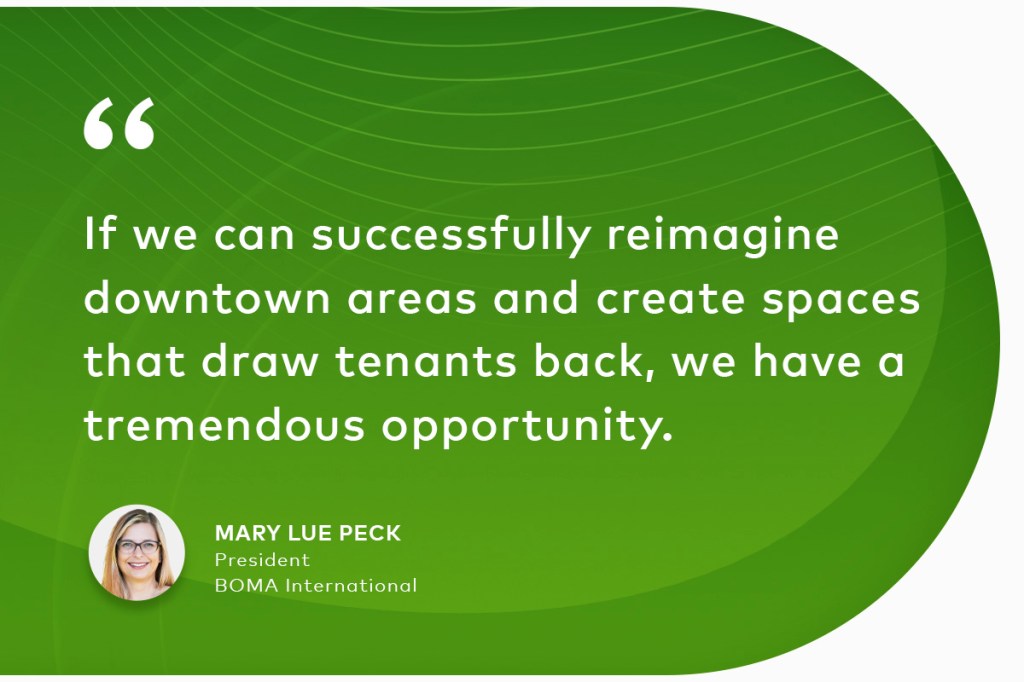In 2021, we predicted manufactured housing could outperform the general market. Is that happening in 2022 and beyond? To find out, we gathered the latest updates from Yardi’s manufactured housing team.

It helps to be mobile
Manufactured housing has mirrored the performance of the overall residential market across the continental United States. In fact, occupancy rates reached a record 95.4% in November 2021. Average monthly rents have also reached an all-time high of $800, so it’s clear that MH is thriving. These new records are primarily due to a shortage of housing. In some cases, manufactured has performed better than the general residential rental market simply because individuals want a home they own versus a home they have to rent.
MH sales tend to perform better than single family home sales because there’s available inventory. Given how the manufacturing process occurs, you can build a manufactured home in days versus a stick-built home that takes weeks or months to build.
How supply chain issues are affecting inventory
The supply chain issues are impacting MH as much as they are multifamily. This is true for any manufacturer in the world. Supply chain disruptions have accelerated sharply, and everyone expects that to continue into 2022, putting upward pressure on price hikes. They appear to be getting the materials, but they’re paying more keep production moving.
So here’s the good news. Despite the supply bottlenecks, manufactured housing production increased for the fifth consecutive month, chipping away at backlogs that have built up since the start of the pandemic. Manufacturers accomplished this by streamlining product offerings and expanding operations despite the tight labor market. The difference is the volume that manufacturers can produce. Everyone has the same limited supply constraints such as appliances, water heaters and plumbing.
Manufactured home builders in the U.S., because of the scale at which they buy, get more preferential treatment over some of the smaller homebuilders. They just have greater access to supplies and materials than a single family home builder would have. They also tend to change which appliances they install on a regular basis to keep up with the supply chain issues. We’re not implying that supply chain has not impacted MH, but it’s performing better than the general residential market. People want to own their home, and manufactured homes can be built faster than the general market cap.
Increasing demand for manufactured housing
It’s still increasing. However, for the first time in years, there was a decline in the number of manufactured communities that were built because the real estate was much more valuable as retail or multifamily, where the property could go vertical versus horizontal. But the demand has not leveled out. There are plenty of operators, particularly throughout the Sun Belt, developing new communities.
Challenges in getting new homes to market
It’s really a fundamental issue of supply and demand. The demand is outpacing supply, so the biggest challenges are materials related to the supply chain issues we already discussed. But there’s a huge demand for homes, and part of that demand is driven by MH operators who in the past would keep existing homes in the community for as long as possible.
Some of these homes were built in the 1950s. What’s happening is operators are taking old homes and scrapping them. They want new homes to come into the community because it improves the look, increases the quality and property managers can charge higher rents for the newer homes.
Impact supply chain challenges are having on community financials
Operators really want to look at net operating income: how much income the community can provide relative to the investment that’s in the community. They want to have a home on every single available lot. The challenge is to budget to have new homes come into the community. Because they can’t get homes fast enough, the limited supply is impacting financial projections. That also means people are paying record-high prices for the homes they do get. The cost to set up those homes is higher because labor costs have gone up, the availability of labor has gone down and rising transportation costs come into play. This escalates the cost of new manufactured homes relative to where they were three years ago.
Finding short-term success
Some manufacturers don’t want to scale up their plant operations more than what they think the market can bear long term, but more manufacturing facilities have come online in 2021. You can build a facility in a state like Texas, a popular destination for manufactured communities, to reduce transportation costs. But Texas is so big that just because you have a manufacturing facility in-state, the cost to ship that home across the state can make production unsustainable in a sales environment. To solve this, manufacturing facilities need to be relatively close to where you are finally going to set that home.
How long before supply really puts a dent in the current demand?
As rents continue to increase in multifamily and single family homes, the rents in manufactured housing communities have not kept up with the demand at the same rate. Nobody anticipates that MH will suffer a decline in occupancy or rent rates. And demand’s not going to go down when you get rents that that are significantly less than what you pay in a multifamily environment.
We’re still dealing with stereotypes about manufactured housing communities
With more private equity coming into the space, there’s been a consolidation. It’s a very segmented industry. Generally, there are three types of operators: mom-and-pops who own a single community, small businesses who own two or three and larger operators who bring in the most private equity. Those larger operations often increase rents and shuffle out the people who can’t pay the new rates.
This has created a dynamic in some communities that really isn’t good. The long-term residents tend to care more about the look and feel of their community, which can only be improved when operators raise funds and invest them right back into the community. On the other hand, if this reinvestment doesn’t happen, you get the kind of stereotypical trailer parks that feel more like housing projects.
Many operators are realizing there’s an opportunity to clean up their communities through investments in playgrounds, nicer facilities and various other amenities — and still make money. This is a roundabout way of saying there’s good and bad with private equity. It can escalate rents, which means some people can’t afford to live there anymore. But it can also improve the look and feel by bringing in new homes, providing capital investments that weren’t there before and improving the overall presence of the community.
Related reading: 5 Myths About Manufactured Housing Communities & What The Industry Can Do
The future is bright
We’re seeing a crucial move toward sophisticated technology in manufactured housing. An operator charging low rent is just trying to eke out as much efficiency as they possibly can. But these homes become more difficult to maintain with time. The manufactured housing operators who bring in new homes will have less maintenance and see cost savings that way. They can also sell those new homes instead of renting them. Compared to renting, homeownership increases the sense of pride people have in their homes and communities. Operators can also bring in amenities that make the community attractive.
There were those who thought that private equity was going to kill the industry by jacking rents up to the point nobody could afford them. After all, the operators want the returns their investors are requesting. But instead of failure, we’re seeing money strategically being put into communities to make them more desirable places to live.
This is a space that nobody wants to see go away. Over the next decade, the only way we’re going to make land valuable enough to bring in the next generation of renters is to maintain the quality and value of the homes.
What property management software can do for manufactured housing operators
Smaller operators have used spreadsheets and various other tools for decades, but there’s a sophistication occurring in the application delivery space that will help operators operate their communities more efficiently.
You can always collect rent, and you can always increase rent. But only property management software lets you use data to determine when rent increases should happen in your area and by how much. Analytics drive decision-making in communities where capital is being spent. They help you decide whether to replace a sewer system, put in water meters, utilize utility billing recapture and more. The only way to do this is to use software that produces the data you need to make intelligent decisions.



